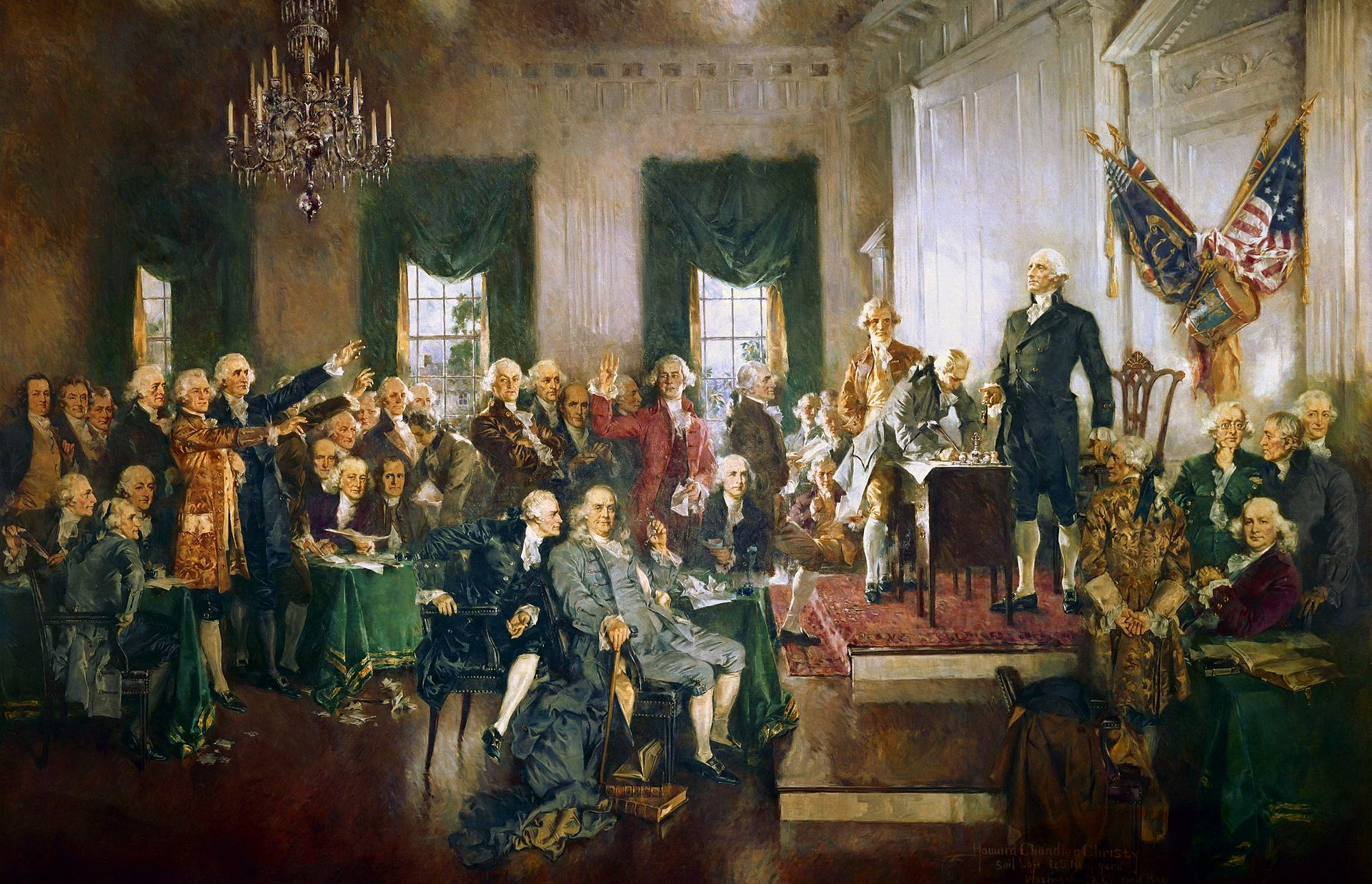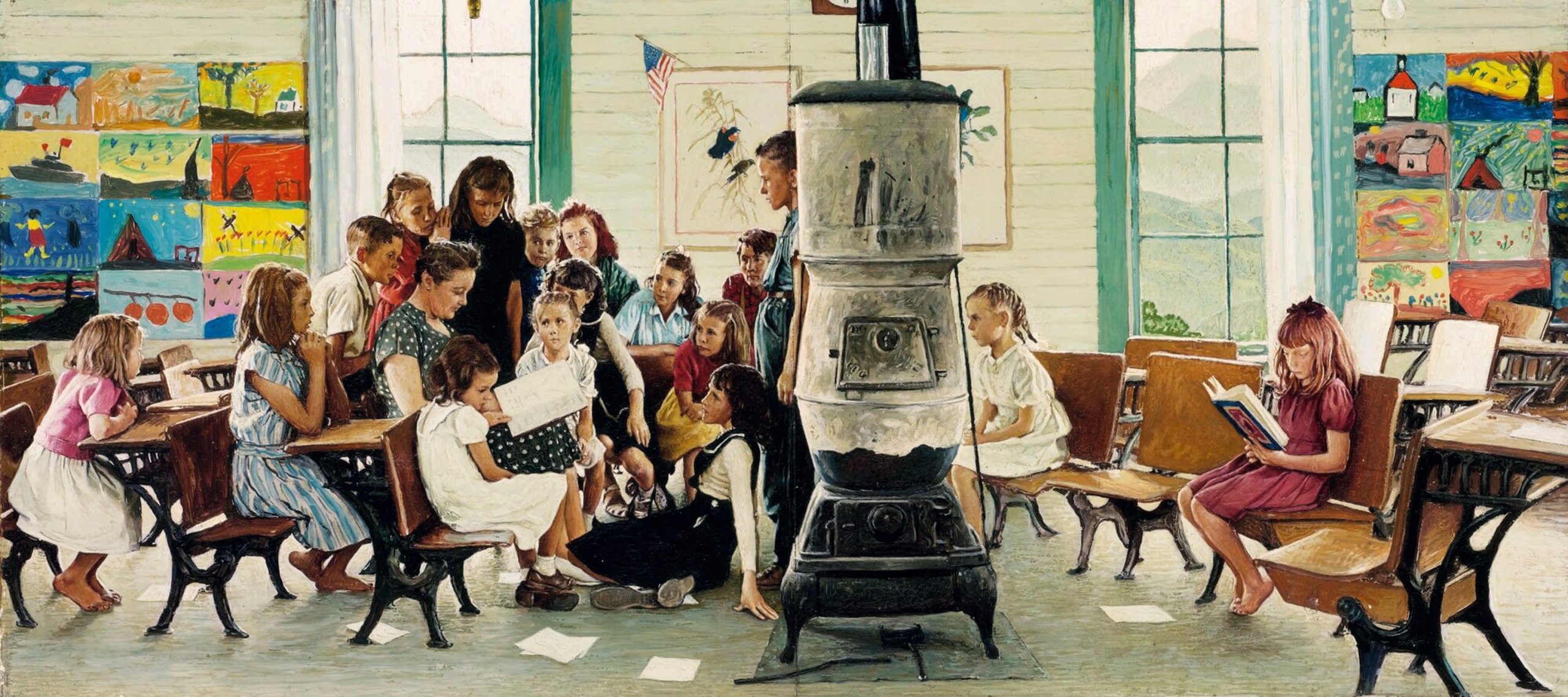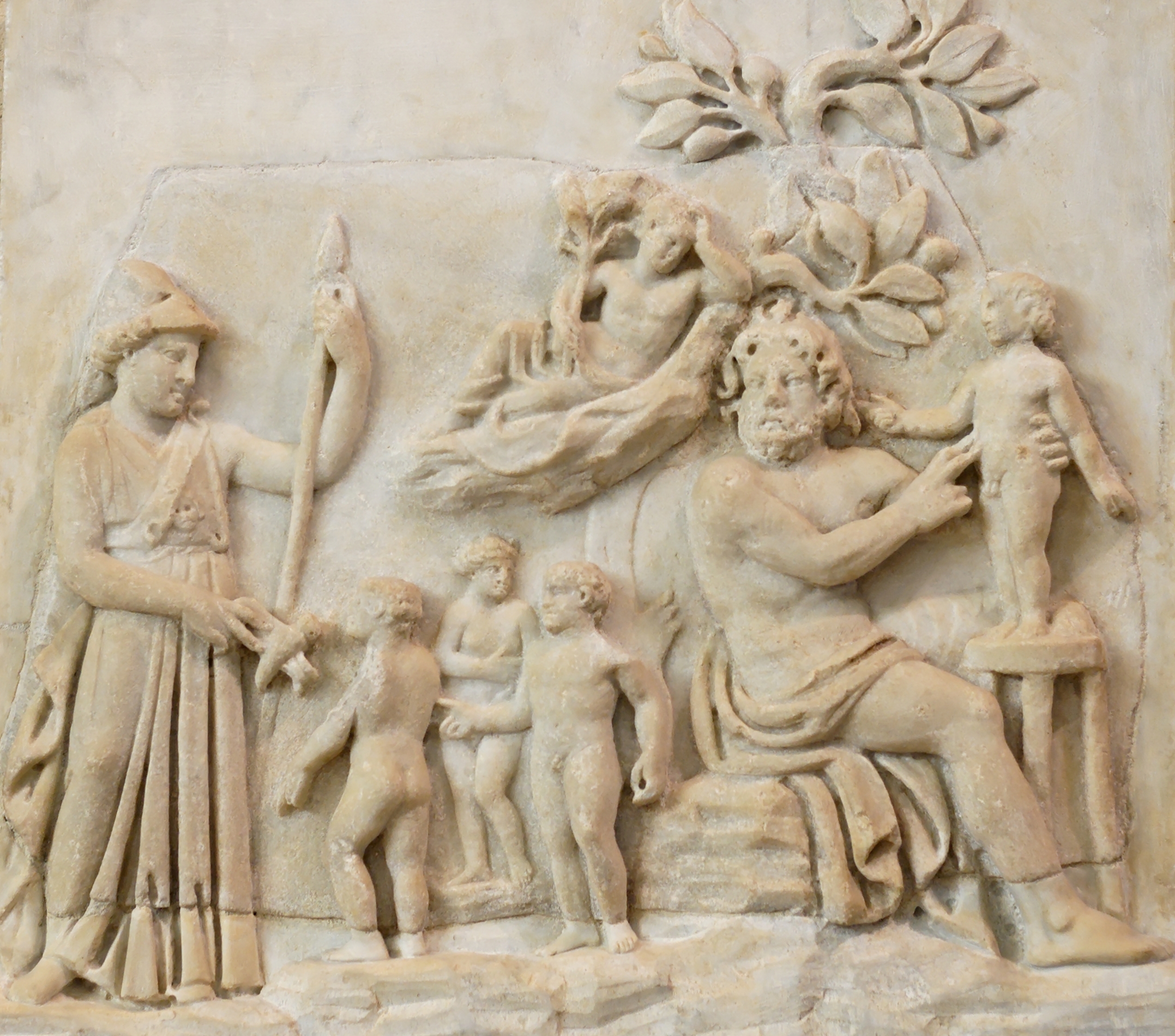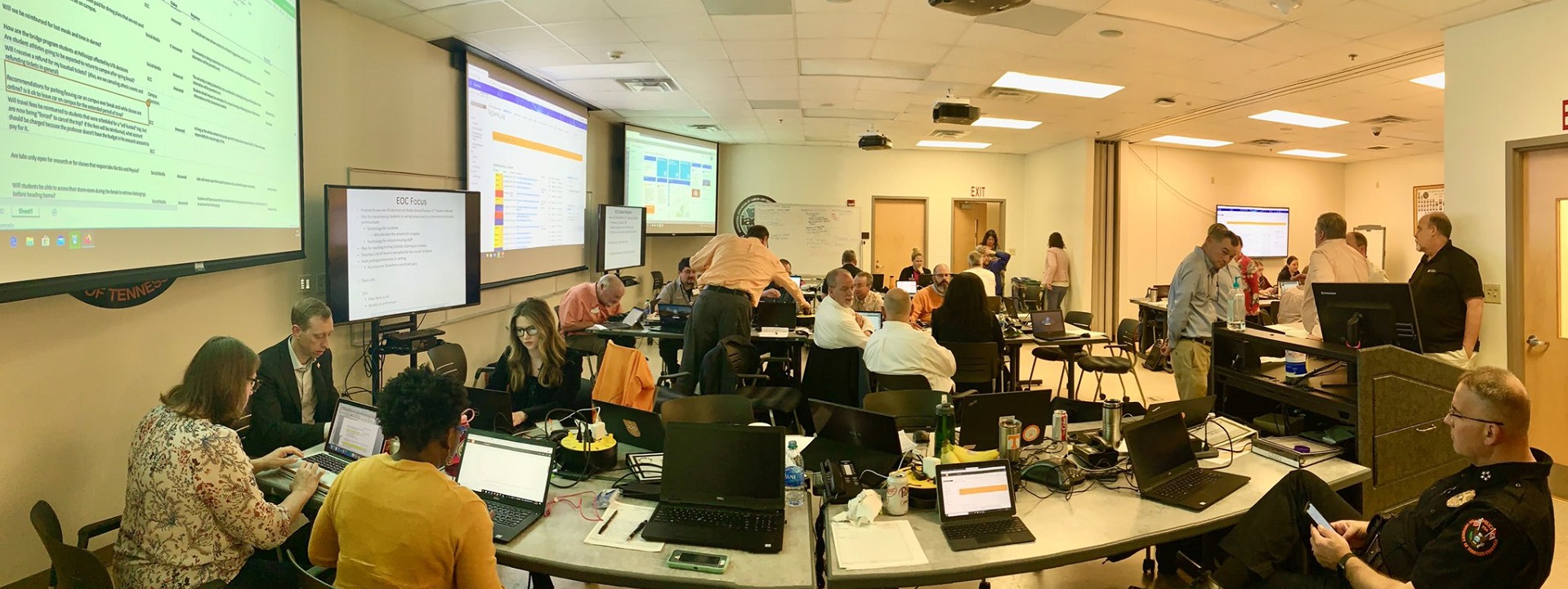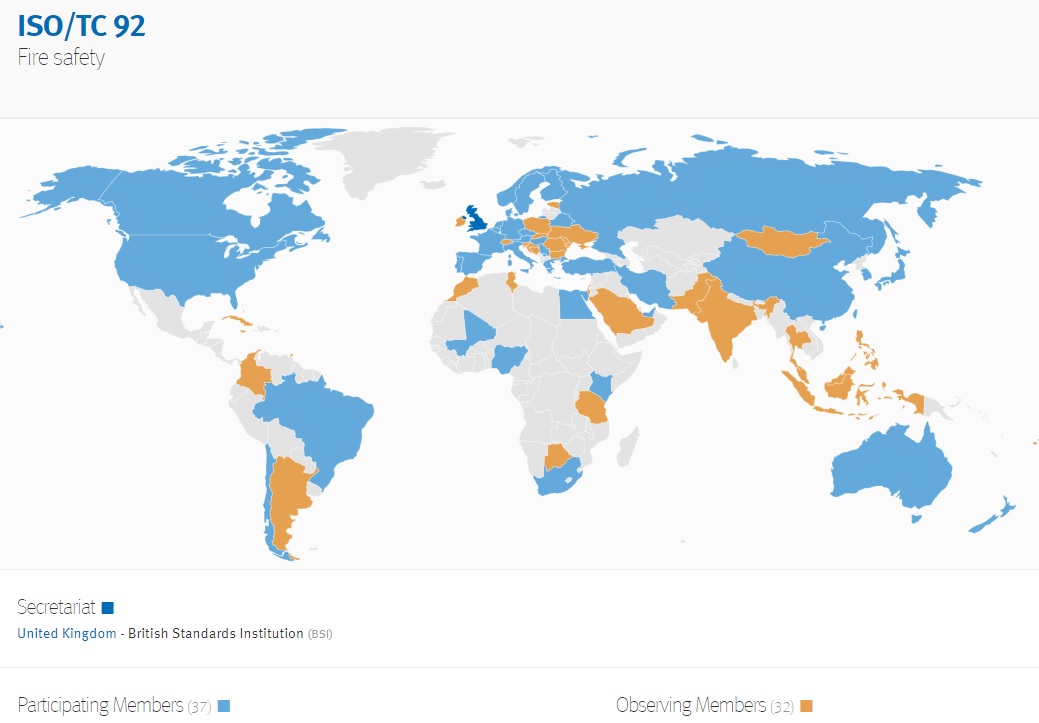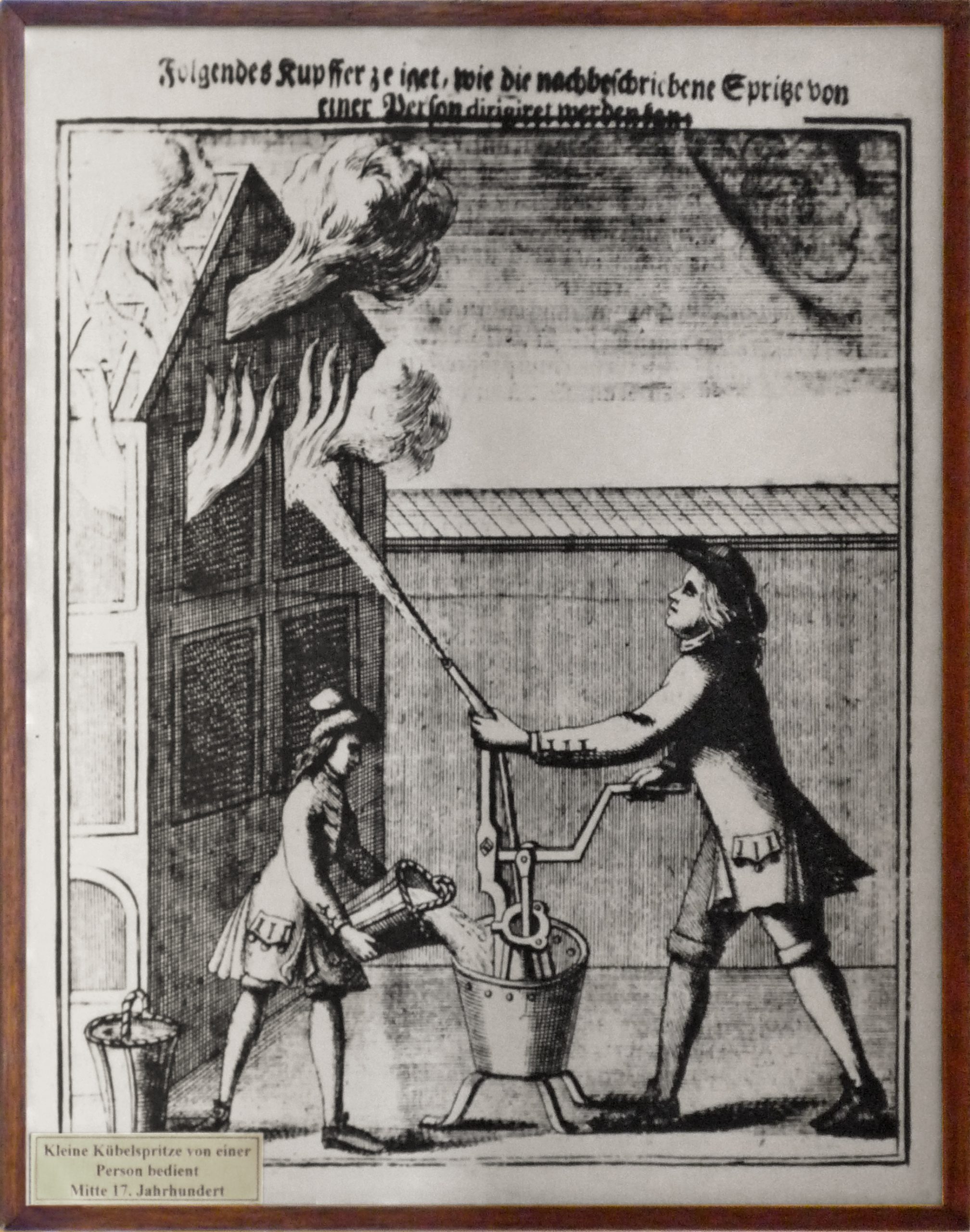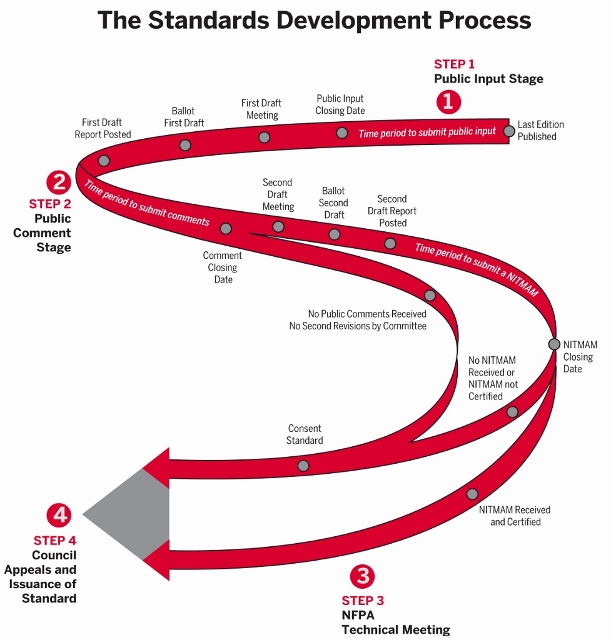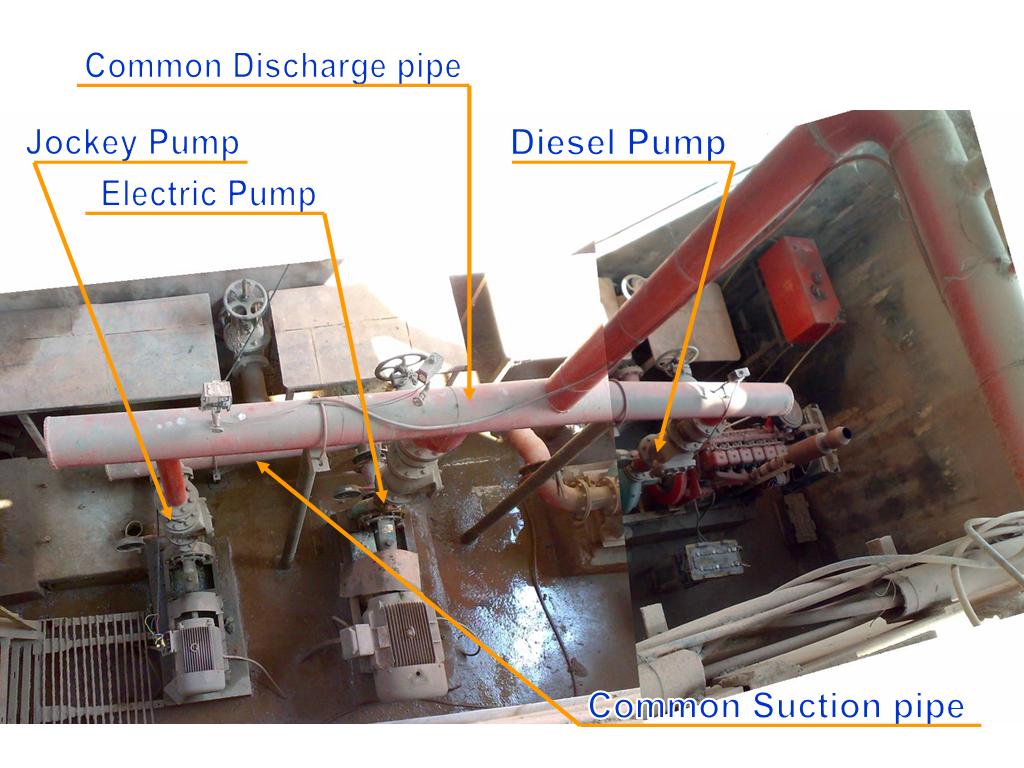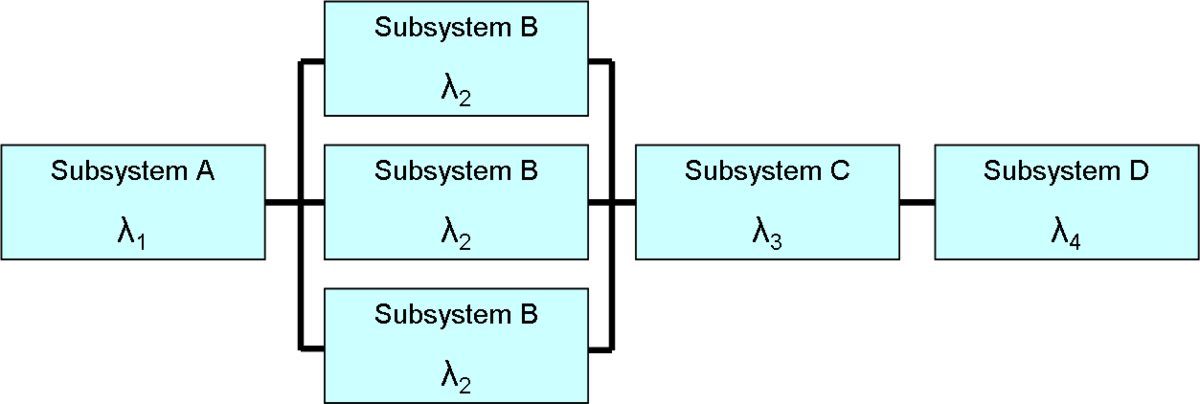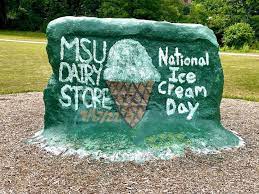Author Archives: mike@standardsmichigan.com
- Home
- Articles posted by mike@standardsmichigan.com (Page 2)

Public Art Program
More
Texas Education Agency: Fine Arts Standards
Texas Tech: Facilities Planning & Construction
“Public art is form of street life, a means to articulate the implicit values of a city when its users occupy the place of determining what the city is.” — Malcolm Miles
Museum Collections Security
Several universities host federal enterprises (laboratories, wildlands, Presidential libraries*, etc.) that must conform to Title 40 United States Code, Public Buildings, Property, and Works Paragraph 486(c) provides statutory authority for the head of each executive agency to issue orders and directives necessary to manage the Government’s property.
Code of Federal Regulations (CFR) 41 Federal Property Management Regulations Part 101, Subpart 20.5 “Physical Protection”, prescribes policies and methods for physically protecting buildings and grounds operated by GSA and other Federal Executive agencies. The Department of the Interior’s property management regulations are in Part 114 of CFR 41.
Museum Management Chapter 14: Museum Collections Security
Standard Methods of Fire Tests for Flame Propagation of Textiles and Films
* There are only a few education communities that host Presidential Libraries:
Herbert Hoover Presidential Library and Museum – West Branch, Iowa (Hoover Institution, Stanford University)
Lyndon B. Johnson Presidential Library and Museum – Austin, Texas (The University of Texas at Austin)
Gerald R. Ford Presidential Library and Museum – Ann Arbor, Michigan (The University of Michigan)
George H. W. Bush Presidential Library and Museum – College Station, Texas (Texas A&M University)
S. 4127: Antisemitism Awareness Act of 2024
Laken Riley Act passes 251-170, with 37 Democrats joining all Republicans in support
The murder of Laken Riley occurred on February 22, 2024, in Athens, Georgia. Laken Riley, a 22-year-old nursing student at Augusta University, disappeared when she was jogging at the University of Georgia (UGA). Her body was found near a lake of a wooded area at UGA; her death was caused by blunt force trauma. The police described Riley’s killing as a “crime of opportunity”, and that no murder had been committed at UGA in almost 30 years; a gap filled by the open border policy of Democrat President Joseph Biden, Homeland Secretary Alejandro Mayorkas and chain of Democrat District Attorney’s who let the perpetrator run free.
The murder has international news, generating extensive media attention — though not nearly as much as the George Floyd tragedy and the Black Lives Matter zietgeist — sparking debate over illegal immigration in United States after U.S. Immigration and Customs Enforcement (ICE) confirmed that Ibarra is a Venezuelan illegal immigrant who is not a U.S. citizen and was caught crossing the border but released back into the United States
Jose Antonio Ibarra, a 26-year-old Venezuelan citizen who entered the US illegally, was arrested by UGA police and has been charged with felony murder, false imprisonment, and kidnapping.[4] Ibarra lived about 1 mile (1.6 km) from the area where Riley’s body was found..

European leaders are indifferent to the rape and murder of their young women by migrant men also:
It happened again. Another European girl was killed at the hands of a migrant in Vienna and she wasn’t the first one this week. And tomorrow it will happen again, because white lives don’t matter to our globalist leaders.
But they matter to me, so I’m making you a promise. 👇🏻 pic.twitter.com/fAS93ux8CQ
— Eva Vlaardingerbroek (@EvaVlaar) March 6, 2024
“But what is government itself but the greatest of all reflections on human nature? If men were angels, no government would be necessary. If angels were to govern men, neither external nor internal controls on government would be necessary. In framing a government which is to be administered by men over men, the great difficulty lies in this: you must first enable the government to control control the governed; and in the next place oblige it to control itself.” — James Madison, Federalist 51
Relevant Federal Executive & Legislative Committees
House of Representatives: Committee on Education & the Workforce
Senate: Committee on Health, Education, Labor and Pensions
SCOTUS: West Virginia, et al. v. Environmental Protection Agency
H.R. 221: Expand Pell Grant eligibility to certain trade schools
H.R. 193: Teach Relevant Apprenticeships to Drive Economic Success Act
H.R. 302: Energy Cybersecurity University Leadership Act of 2023
The University Campus As A Designed Work and an Artefact of Cultural Heritage
προμηθέας 300
Today we run through recent action in fire safety best practice literature. Even though fire safety technologies comprise about 2-4 percent of a new building budget, the influence of the fire safety culture dominates all aspects campus safety; cybersecurity of public safety communication technology for example.
A small sample of the issues we have tracked in the past: (2002-2023). Items in RED indicate success in reducing cost with no reduction in safety (i.e. successful rebuttal, typically market-making by incumbents)
- Limiting vendor lock-in (promote interoperability) in building additions.
- Limiting the tendency to lowball first cost in order to achieve vendor lock-in later in the facility life-cycle
- Dormitory kitchen fire safety
Fire Safety of University Dormitory Based on Bayesian Network
- Clarification of mixed-occupancy classifications (occupant loading)
- Fixed interval (rather than risk-informed) inspection, testing and maintenance of fire alarm and protection system components
- Fire alarm system upgrades during renovation
Gamification Teaching in School Fire Safety
- Mixed zone and addressable alarm system wiring
- Wireless initiation devices
- Integrated fire protection systems (NFPA 3&4)
- Portable fire extinguishers (NFPA 10)
Hospital Evacuation under Fire
- Alarm system re-set procedures
- Sprinkler system coverage for animals in research
- Scalability of fire safety professional certification
- Sprinklering of off-campus student housing
- Advocating central (or campus district) fire pump systems
One of the newer issues to revisit over the past few years is the fire safety of tents. Many colleges and universities are setting up large commercial tents outside buildings (within range of Wi-Fi) for students to congregate, study and dine. We are also seeing back and forth on fire safety in theatrical performance venues in the International Code Council building safety catalog.
We approach these titles with an eye toward driving risk-informed, performance requirements that reduce risk and cost for the user interest; while recognizing the responsibility of competitor stakeholders. It is not a friendly space for the user-interest who seeks to optimally resolve the competing requirements of safety and economy. Vertical incumbents completely dominate this domain.
Relevant NFPA Titles:
NFPA 10 Standard for Portable Fire Extinguishers
-
- Public Input Closing Date: June 1, 2023
NFPA 13 Standard for the Installation of Sprinkler Systems
NFPA 25 Standard for the Inspection, Testing, and Maintenance of Water-Based Fire Protection Systems
NFPA 72 National Fire Alarm and Signaling Code®
-
- Public Comment Closing Date: May 31, 2023
NFPA 75 Standard for the Fire Protection of Information Technology Equipment
NFPA 76 Standard for the Fire Protection of Telecommunications Facilities
NFPA 92 Standard for Smoke Control Systems
-
- Public Comment Closing Date: January 4, 2023
International Code Council Group A 2021/2022 Code Cycle
Use the login credentials at the upper right of our home page.
More
NFPA Report: Structure Fires in Dormitories, Fraternities, Sororities and Barracks
ASTM Committee E0% on Fire Standards
Why do Humans Stare at Fire? : Scientific aspects of primal magic of fire
Fire Safety
Fire safety leadership usually finds itself involved in nearly every dimension of risk on the #WiseCampus; not just the built environment but security of interior spaces with combustibles but along the perimeter and within the footprint of the education community overall.
The Campus Fire Marshal, for example, usually signs the certificate of occupancy for a new building but may be drawn into meetings where decisions about cybersecurity are made. Fire protection systems coincide with evacuation systems when there is no risk and both may be at risk because of cyber-risk.
The job description of a campus fire safety official is linked below offers some insight into why fire safety technologies reach into every risk dimension:
University of California Santa Cruz Office of Emergency Services
The development of the highest level fire safety consensus product in the world is led by the British Standards Institute, under the administration of the International Standardization Organization, with Committee E05 on Fire Standards of ASTM International as the US Technical Advisory Group Administrator. The business plan and the map of global participants is linked below:
BUSINESS PLAN ISO/TC 92 Fire safety EXECUTIVE SUMMARY
The consensus products developed by TC 92 are intended to save lives, reduce fire losses, reduce technical barriers to trade, provide for international harmonization of tests and methods and bring substantial cost savings in design. ISO/TC 92 standards are expected to be of special value to developing countries, which are less likely to have national standards. As with all ISO standards, the TC 92 consensus product is a performance standard suitable for use in prescriptive regulations and provide for a proven route to increased fire safety.
We do not advocate in this standard at the moment; we only track it. The International Fire Code and the Fire Code have been our priorities since 2006. The fire safety space is well populated with knowledgeable facility professionals because conformity budgets in the fire safety world — i.e. the local or state fire marshal — usually has a budget. When you have a budget you usually have people keeping pace with best practice.
We encourage our colleagues in the United States on either the business or academic side of the education facility industry to communicate directly with ANSI’s ISO Team and/or the ASTM Contact: Tom O’Toole, 100 Barr Harbor Drive, West Conshohocken, PA 19428-2959 Phone: (610) 832-9739, Email: totoole@astm.org
We maintain this title on the agenda of our periodic Global and Prometheus colloquia. See our CALENDAR for the next online meeting; open to everyone.
Issue: [19-104]
Category: Fire Safety, Fire Protection, International
Contact: Mike Anthony, Joe DeRosier, Alan Sactor, Joshua Elvove, Casey Grant
More:
The Challenges of Storage and Not Enough Space, Alan Sactor
Life Safety Code
The Life Safety Code addresses those construction, protection, and occupancy features necessary to minimize danger to life from the effects of fire, including smoke, heat, and toxic gases created during a fire. It is widely incorporated by reference into public safety statutes; typically coupled with the consensus products of the International Code Council. It is a mighty document — one of the NFPA’s leading titles — so we deal with it in pieces; consulting it for decisions to be made for the following:
(1) Determination of the occupancy classification in Chapters 12 through 42.
(2) Determination of whether a building or structure is new or existing.
(3) Determination of the occupant load.
(4) Determination of the hazard of contents.
There are emergent issues — such as active shooter response, integration of life and fire safety systems on the internet of small things — and recurrent issues such as excessive rehabilitation and conformity criteria and the ever-expanding requirements for sprinklers and portable fire extinguishers with which to reckon. It is never easy telling a safety professional paid to make a market for his product or service that it is impossible to be alive and safe. It is even harder telling the dean of a department how much it will cost to bring the square-footage under his stewardship up to the current code.
The 2021 edition is the current edition and is accessible below:
NFPA 101 Life Safety Code Free Public Access
Public input on the 2027 Revision will be received until June 4, 2024.
Since the Life Safety Code is one of the most “living” of living documents — the International Building Code and the National Electric Code also move continuously — we can start anywhere and anytime and still make meaningful contributions to it. We have been advocating in this document since the 2003 edition in which we submitted proposals for changes such as:
• A student residence facility life safety crosswalk between NFPA 101 and the International Building Code
• Refinements to Chapters 14 and 15 covering education facilities (with particular attention to door technologies)
• Identification of an ingress path for rescue and recovery personnel toward electric service equipment installations.
• Risk-informed requirement for installation of grab bars in bathing areas
• Modification of the 90-minute emergency lighting requirements rule for small buildings and for fixed interval testing
• Modification of emergency illumination fixed interval testing
• Table 7.3.1 Occupant Load revisions
• Harmonization of egress path width with European building codes
There are others. It is typically difficult to make changes to stabilized standard though some of the concepts were integrated by the committee into other parts of the NFPA 101 in unexpected, though productive, ways. Example transcripts of proposed 2023 revisions to the education facility chapter is linked below:
Chapter 14 Public Input Report: New Educational Occupancies
Educational and Day Care Occupancies: Second Draft Public Comments with Responses Report
Since NFPA 101 is so vast in its implications we list a few of the sections we track, and can drill into further, according to client interest:
Chapter 3: Definitions
Chapter 7: Means of Egress
Chapter 12: New Assembly Occupancies
Chapter 13: Existing Assembly Occupancies
Chapter 16 Public Input Report: New Day-Care Facilities
Chapter 17 Public Input Report: Existing Day Care Facilities
Chapter 18 Public Input Report: New Health Care Facilities
Chapter 19 Public Input Report: Existing Health Care Facilities
Chapter 28: Public Input Report: New Hotels and Dormitories
Chapter 29: Public Input Report: Existing Hotels and Dormitories
Chapter 43: Building Rehabilitation
Annex A: Explanatory Material
As always we encourage front-line staff, facility managers, subject matter experts and trade associations to participate directly in the NFPA code development process (CLICK HERE to get started)
![]()
NFPA 101 is a cross-cutting title so we maintain it on the agenda of our several colloquia —Housing, Prometheus, Security and Pathways colloquia. See our CALENDAR for the next online meeting; open to everyone.
Issue: [18-90]
Category: Fire Safety, Public Safety
Colleagues: Mike Anthony, Josh Elvove, Joe DeRosier, Marcelo Hirschler
More
When lives are at stake, alternative approaches are welcome. #LifeSafety #AlternativeApproaches #Code #NFPA101 @NFPA
https://t.co/JvWyyZtuLP— ANSI (@ansidotorg) December 20, 2018
Reliability Analysis for Power to Fire Pumps
Reliability Analysis for Power to Fire Pump Using Fault Tree and RBD
Robert Schuerger | HP Critical Facilities
Robert Arno | ITT Excelis Information Systems
Neal Dowling | MTechnology
Michael A. Anthony | University of Michigan
Abstract: One of the most common questions in the early stages of designing a new facility is whether the normal utility supply to a fire pump is reliable enough to “tap ahead of the main” or whether the fire pump supply is so unreliable that it must have an emergency power source, typically an on-site generator. Apart from the obligation to meet life safety objectives, it is not uncommon that capital on the order of 100000to1 million is at stake for a fire pump backup source. Until now, that decision has only been answered with intuition – using a combination of utility outage history and anecdotes about what has worked before. There are processes for making the decision about whether a facility needs a second source of power using quantitative analysis. Fault tree analysis and reliability block diagram are two quantitative methods used in reliability engineering for assessing risk. This paper will use a simple one line for the power to a fire pump to show how each of these techniques can be used to calculate the reliability of electric power to a fire pump. This paper will also discuss the strengths and weakness of the two methods. The hope is that these methods will begin tracking in the National Fire Protection Association documents that deal with fire pump power sources and can be used as another tool to inform design engineers and authorities having jurisdiction about public safety and property protection. These methods will enlighten decisions about the relative cost of risk control with quantitative information about the incremental cost of additional 9’s of operational availability.
CLICK HERE to order complete paper
“Save the Bagels!”
This content is accessible to paid subscribers. To view it please enter your password below or send mike@standardsmichigan.com a request for subscription details.
Ice Cream at the Rock
The invention of ice cream, as we know it today, is a product of historical evolution, and there isn’t a single individual credited with its creation. Various cultures and civilizations throughout history have contributed to the development of frozen treats resembling ice cream.
One of the earliest records of frozen desserts can be traced back to ancient China, where people enjoyed a frozen mixture of milk and rice around 200 BC. Similarly, ancient Persians and Arabs had a tradition of mixing fruit juices with snow or ice to create refreshing treats.
In Europe, frozen desserts gained popularity in the 17th and 18th centuries, and it was during this time that the more modern version of ice cream, made with sweetened milk or cream, began to take shape. During this period, ice cream became more widely accessible and enjoyed by the nobility and upper classes.
MSU Infrastructure Planning and Facilities
To produce ice cream on a commercial scale, several key pieces of infrastructure and equipment are necessary. The specific requirements may vary depending on the production capacity and the type of ice cream being produced, but the basic infrastructure typically includes:
- Manufacturing Facility: A dedicated space or building is needed to house all the production equipment and storage facilities. The facility should comply with local health and safety regulations and be designed to maintain the required temperature and hygiene standards.
- Mixing and Blending Equipment: Industrial-scale mixers and blending machines are used to mix ingredients like milk, cream, sugar, stabilizers, emulsifiers, and flavorings. These machines ensure that the mixture is homogenized and consistent.
- Pasteurization Equipment: To ensure product safety and extend shelf life, ice cream mix needs to be pasteurized. Pasteurization equipment heats the mixture to a specific temperature and then rapidly cools it to destroy harmful microorganisms.
- Homogenizers: Homogenizers help break down fat molecules in the ice cream mix to create a smoother and creamier texture.
- Aging Vats: The ice cream mix is aged at a controlled temperature for a specific period, which allows the ingredients to fully blend and improves the ice cream’s texture.
- Freezers: Continuous freezers or batch freezers are used to freeze the ice cream mix while incorporating air to create the desired overrun (the amount of air in the final product). Continuous freezers are more commonly used in large-scale production, while batch freezers are suitable for smaller batches.
- Hardening and Storage Room: Once the ice cream is frozen, it needs to be hardened at a lower temperature to achieve the desired texture. Storage rooms are used to store finished ice cream at the appropriate temperature until distribution.
- Packaging Equipment: Equipment for filling and packaging the ice cream into various containers, such as cartons, tubs, or cones.
- Quality Control and Laboratory Facilities: A dedicated area for quality control testing, where ice cream samples are analyzed for consistency, flavor, and other characteristics.
- Cleaning and Sanitation Systems: Proper cleaning and sanitation systems are essential to maintain hygiene and prevent contamination.
- Utilities: Adequate water supply, electrical power, and refrigeration capacity are critical for ice cream production.
New update alert! The 2022 update to the Trademark Assignment Dataset is now available online. Find 1.29 million trademark assignments, involving 2.28 million unique trademark properties issued by the USPTO between March 1952 and January 2023: https://t.co/njrDAbSpwB pic.twitter.com/GkAXrHoQ9T
— USPTO (@uspto) July 13, 2023
Standards Michigan Group, LLC
2723 South State Street | Suite 150
Ann Arbor, MI 48104 USA
888-746-3670





